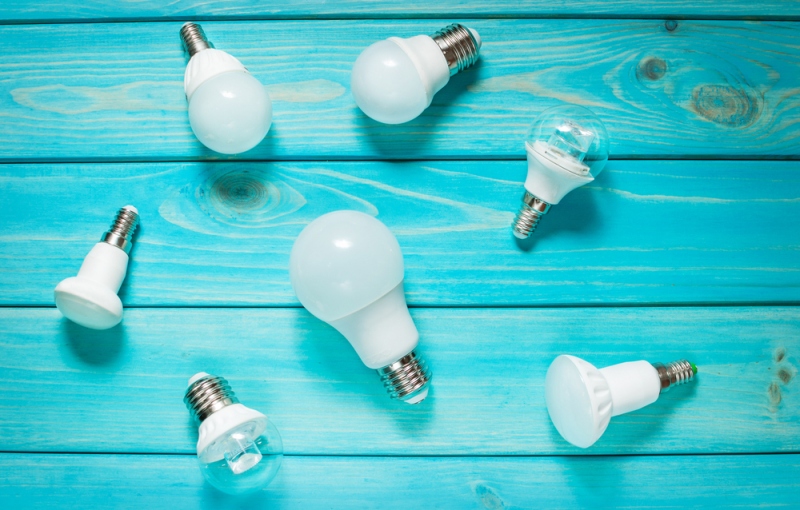There are different types of light bulbs on the market that are designed for different purposes; different light bulbs produce different lighting effects. Each one has its pros and cons and some work better in some environments than others. The different types of light bulbs include tungsten, halogen, metal halide, fluorescent tubes, compact fluorescent bulbs, LEDs, incandescent, candle bulbs, and neon lamps.
The Different Types of Bulbs
This article describes the different types of bulbs, how they work, and their uses.
- Compact Fluorescent Lamps/Bulbs
CFLs are modern light bulbs that contain a high trace of mercury; this causes difficulties in its disposal. Also, care needs to be taken to prevent breakage. Generally, these bulbs use less power, have warmer color-corrected tones, and have a longer lifespan (they can last up to 10,000 hours).
When these bulbs burn out, they should be recycled. The design can either consist of two or three tubular loops.
These bulbs cannot be used with dimmers.
- LightEmitting Diode
The LED technology is extremely energy-efficient and long-lasting. These bulbs produce directional light only and do not diffuse light. For this reason, they are not ideal for general room illumination but are suitable for under-counter task lighting

The bulbs emit light through the movement of electrodes in a semiconductor device. LEDs do not have a filament. The diodes emit light of an intended color without the use of color filters.
- Neon Bulb
A neon bulb is a gasdischarge lamp that contains low-pressure gas. It’s constructed by mounting two electrodes within a small glass envelope.
The level of brightness depends on the type of gas used. For example, bulbs of standard brightness are filled with argon or neon gas mixture while bulbs with high brightness are filled with pure neon gas.
The gas ionizes when a voltage is applied and then it starts to glow; in this process, a very small current travels from one electrode to another.
- HighIntensity Discharge Bulbs
Examples of highdensity discharge lamps are mercury vapor, metal halide, and high-pressure sodium bulbs.
The discharge bulbs are specially designed using an inner glass tube that has tungsten electrodes with an electrical arc. The glass is filled with gas and metals.
These bulbs usually emit a large quantity of light and are used where high levels of light are required over large areas such as in gymnasiums, hallways, and parking lots.
- LowPressure Sodium Lamps
These bulbs are the first sodium bulbs that have maximum efficiency compared to all other lighting systems. Before the bulb reaches full brightness, there is a brief period of heat up.
Lowpressure sodium bulbs are mostly used in places where color is not an important factor such as on the roads and outdoor areas.
- Fluorescent Bulbs
Fluorescent bulbs usually give off a flat cold light that tends to be bluish in color. The daylight-equivalent brightness produced by these bulbs is quite harsh. Unfortunately, the bulbs cannot be put on a dimmer.
There is a variety of fluorescent bulbs on the market which include cold ones, warm ones, and special-colored ones.


